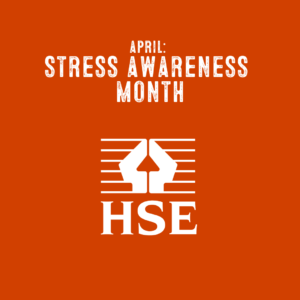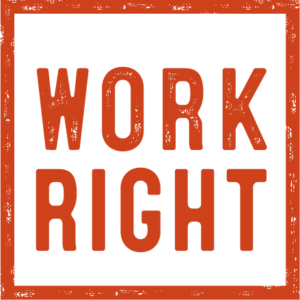Blog: Organisational versus Individual risk assessments
 By Rob McGreal, Policy Advisor and Lead for work-related stress and mental health at the Health and Safety Executive (HSE)
By Rob McGreal, Policy Advisor and Lead for work-related stress and mental health at the Health and Safety Executive (HSE)
Employers often tell us that they’ve done an individual risk assessment on a worker and, when you dig into the background, you wonder why they’ve not assessed the situation for everyone!
Risk assessments are required by law to indicate potential risks to all employees, the extent of that risk, who’s at risk and to start the process of identifying and tackling the causes.
Organisational Risk Assessment:
- When considering a workplace the primary consideration is about removing or preventing harm
- you will have teams of workers doing the same or very similar job roles with similar management structures, in the same building – they will have similar issues, pressures and problems so it makes sense to assess the risk to assess everyone.
- Identifies issues for many people and allows development of actions that help all of those people including those that may not yet be experiencing stress
- better for prevention and usually more cost effective.
Individual Risk Assessment:
But no matter how well you protect your staff there will be those that have individual concerns – people with pre-existing health conditions, those new to the job role or under training, those experiencing a ‘life issue’ such as looking after sick or elderly relatives, recently bereaved etc or those returning to work after a potentially long period of illness or maternity leave etc.
These workers may need something over and above the generic approach and individual risk assessment – like the HSE Return to Work (RTW) questionnaire or HSE’s Talking Toolkit can:
- be really useful in identifying personal factors that may lead to problems for that individual.
- help with getting people back into work after sickness absence
- help meet the requirements for the Equality Act requirements where people are defined as disabled and the employer needs to consider reasonable adjustments
- but they only help the individual! Not other team members who may also be struggling but haven’t yet raised the issue – so if you do complete an individual risk assessment for work-related factors check with others in the team and make sure it’s not a more general problem.
The holistic approach:
Although it’s not mentioned too often, as a good manager, you may want to do team risk assessments. There will always be issues across teams managing workloads and demands, work planning, coping with known busy times, building good supportive relationships and supporting each other. You can use the Talking Toolkit to start the conversations.
It’s essential that as an employer you assess the level of risk, but it’s also essential to follow-up on that assessment – it’s not just about identifying risks but taking action to remove, prevent and tackle the problems you identify and making sure you review and reassess regularly.
Having conversations about stress routinely reduces stigma about the problem and encourages people to talk about their problems earlier; seeking the correct help and preventing the problem from affecting their mental health and keeping them healthy.
There are lots of resources available for free from the HSE stress website, the Working Minds website and the websites of our campaign partners Mind and Acas– have a look and see how you can protect your workers and promote good mental health – it could save you money and time too!
More about Rob…
Rob McGreal has worked in policy for The Health and Safety Executive for over 13 years, and in the work-related stress and mental health policy team for around nine years. In this blog, Rob helps unpick the difference between organisational level and individual risk assessment and the impact employers can have by taking a holistic approach. Reducing work-related ill health, with a specific focus on mental health and stress is a priority in HSE’s 10-year strategy, Protecting people and places 2022 to 2032.













